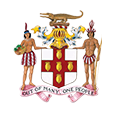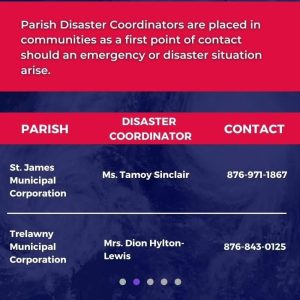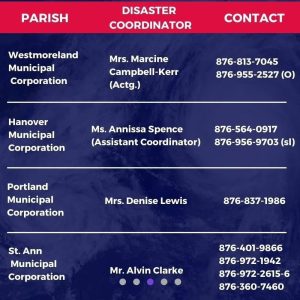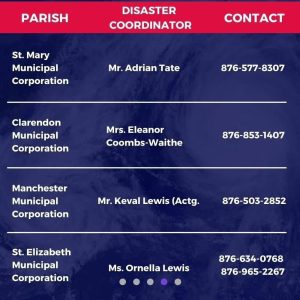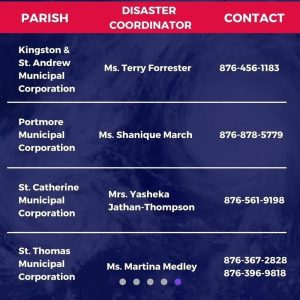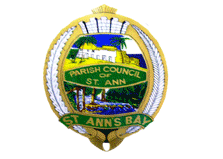
St. Ann Municipal Corporation
Main Street, St. Ann's Bay, St. Ann, Municipal Corporation
St. Ann was named after Ann Hyde, wife of James II, King of England and is recognized as the largest of all the parishes and is appropriately designated 'The Garden Parish'. The parish is bordered to the north by the sea, to the east by St. Mary, to the west by Trelawny and to the south by Clarendon and St. Catherine. Columbus first entered the island on the shores of this parish and named the point of entry "Puerto Bueno". During his last voyage, on finding no water he re-named it 'Puerto Seco' or 'Dry Harbour', which was later re-named in 1947 by Hal Peat as Discovery Bay.
"Sevilla Nueva" now simply called Seville, was the island's first capital. It was established in 1509 by the Spaniards and had the distinction of being the third Spanish capital established in the New World. This capital was later found to be unhealthy and was subsequently abandoned. St. Ann's Bay, the present capital was discovered by Christopher Columbus on his second voyage in 1494. Originally called Santa Gloria, it is approximately one mile east of "Sevilla Nueva".
Development within the parish is constrained by mountains to the south, the Negro River to the east, and Sevilla to the west. St. Ann's Bay was the parish's traditional administrative, institutional and service centre. In recent times however its growth has been surpassed by that of Ocho Rios some six (6) miles to the east, which has developed as one of the island's leading tourist resorts.
The most important economic mineral in this parish is bauxite. It has a large concentration of bauxite-alumina mining and export activities. Second only to Montego Bay in St. James, St. Ann generates a large income from tourism, one of the leading sectors in the country's economy. Agriculture, (traditional crops), cattle farming and a variety of industrial activities are among the other economic activities of the parish.
"Sevilla Nueva" now simply called Seville, was the island's first capital. It was established in 1509 by the Spaniards and had the distinction of being the third Spanish capital established in the New World. This capital was later found to be unhealthy and was subsequently abandoned. St. Ann's Bay, the present capital was discovered by Christopher Columbus on his second voyage in 1494. Originally called Santa Gloria, it is approximately one mile east of "Sevilla Nueva".
Development within the parish is constrained by mountains to the south, the Negro River to the east, and Sevilla to the west. St. Ann's Bay was the parish's traditional administrative, institutional and service centre. In recent times however its growth has been surpassed by that of Ocho Rios some six (6) miles to the east, which has developed as one of the island's leading tourist resorts.
The most important economic mineral in this parish is bauxite. It has a large concentration of bauxite-alumina mining and export activities. Second only to Montego Bay in St. James, St. Ann generates a large income from tourism, one of the leading sectors in the country's economy. Agriculture, (traditional crops), cattle farming and a variety of industrial activities are among the other economic activities of the parish.
Key Positions within the organisation:
Chairman - His Worship the Mayor Michael BelnavisDeputy Chairman - Councillor Cardell Wickham
Chief Executive Officer - Mrs. Jennifer Brown-Cunningham
Chief Engineering Officer - Mr. Glenford Ricketts (Acting)
Director of Finance - MR. Travon Clayton
Director of Planning - Mrs. Claudine Fearon-Thomas
Director of Administration - Ms. Lithea Mignott
Disaster Coordinator - Mr. Alvin Clarke

